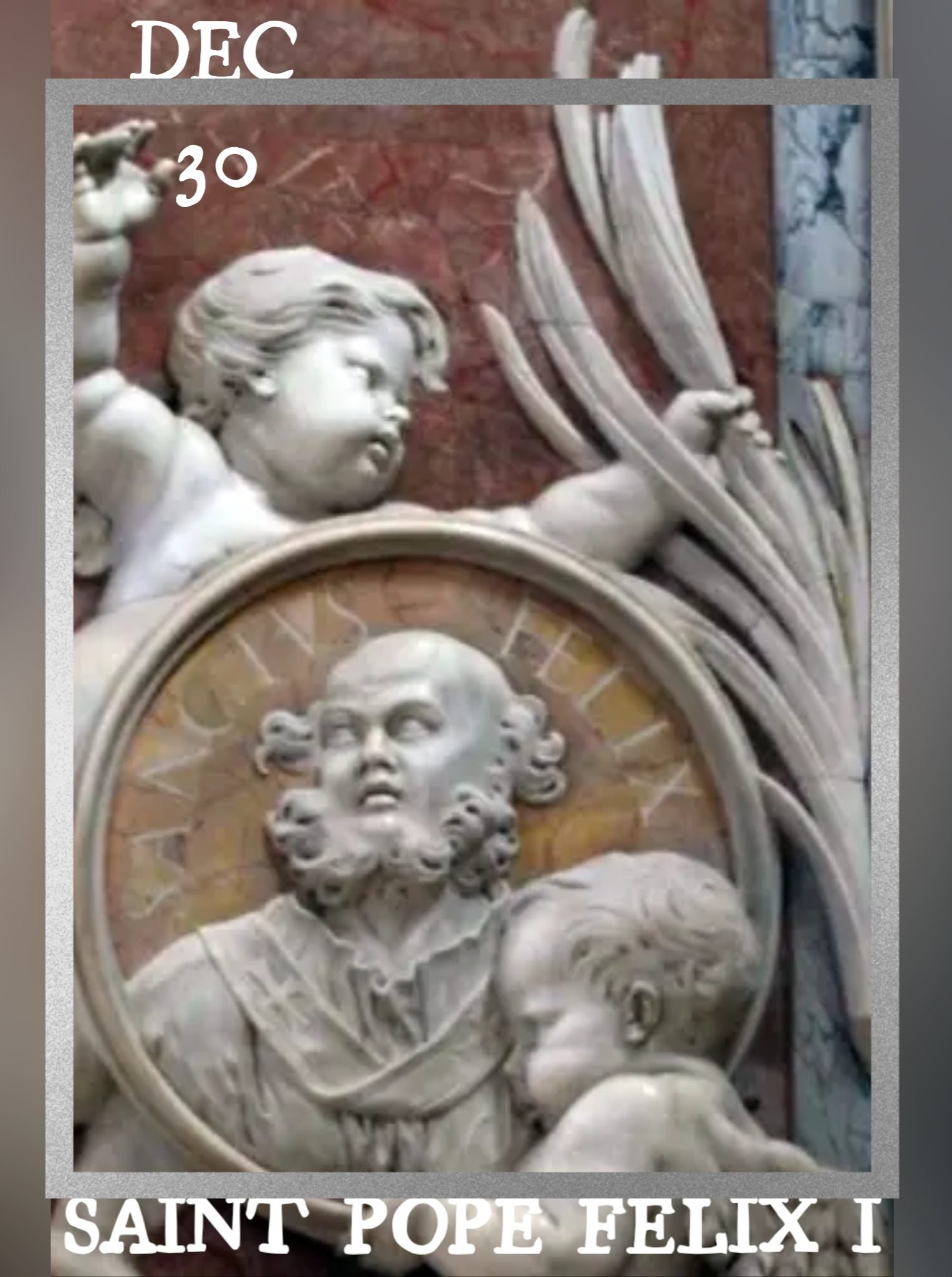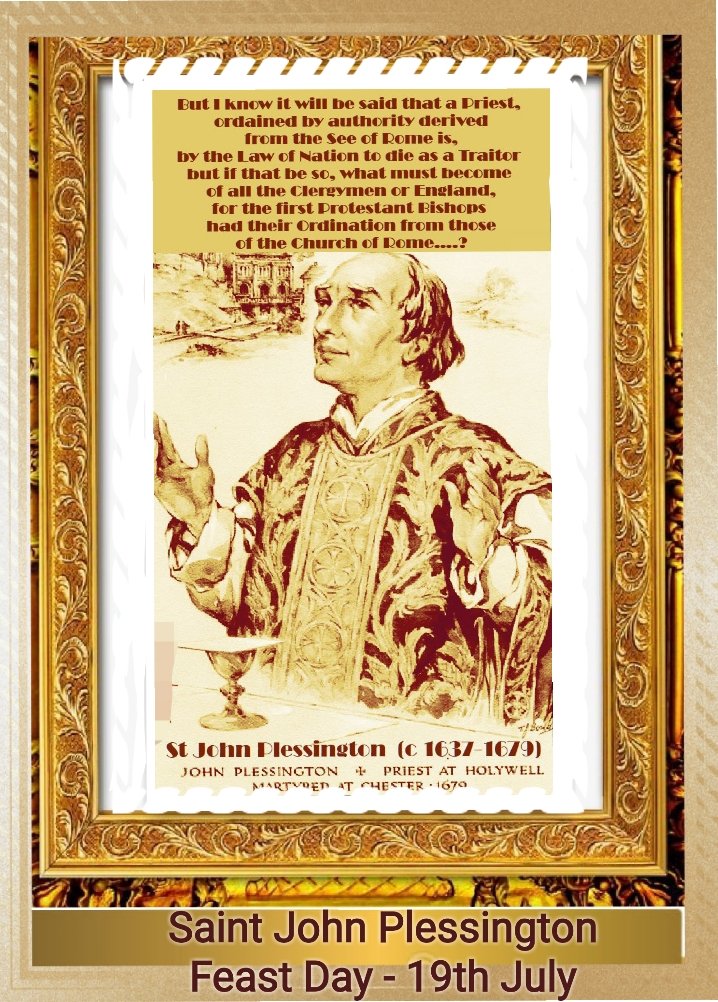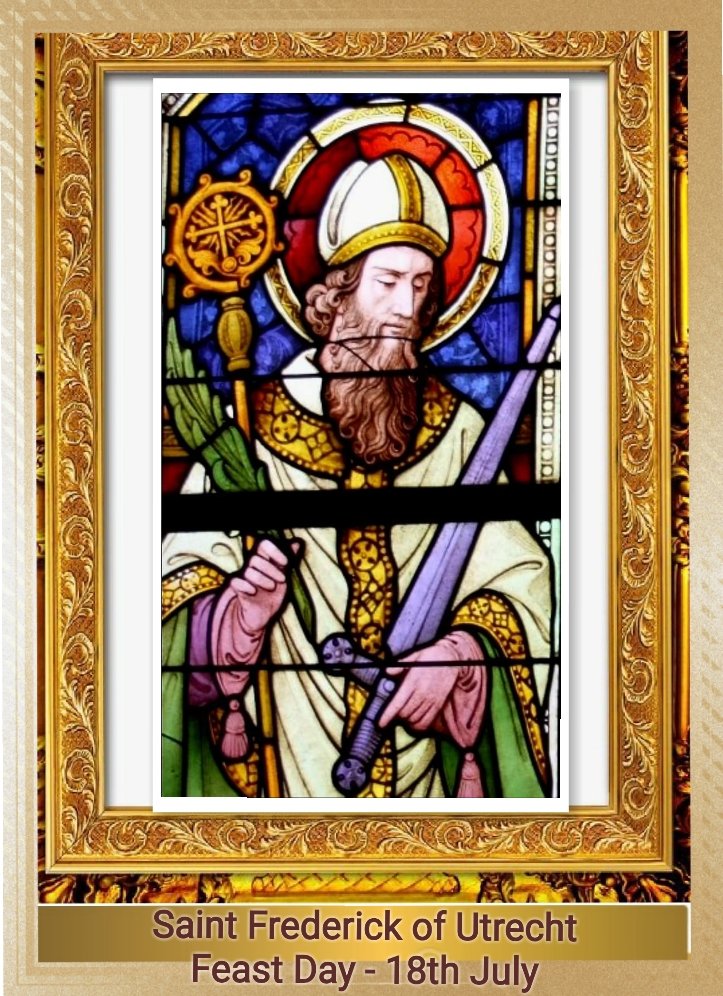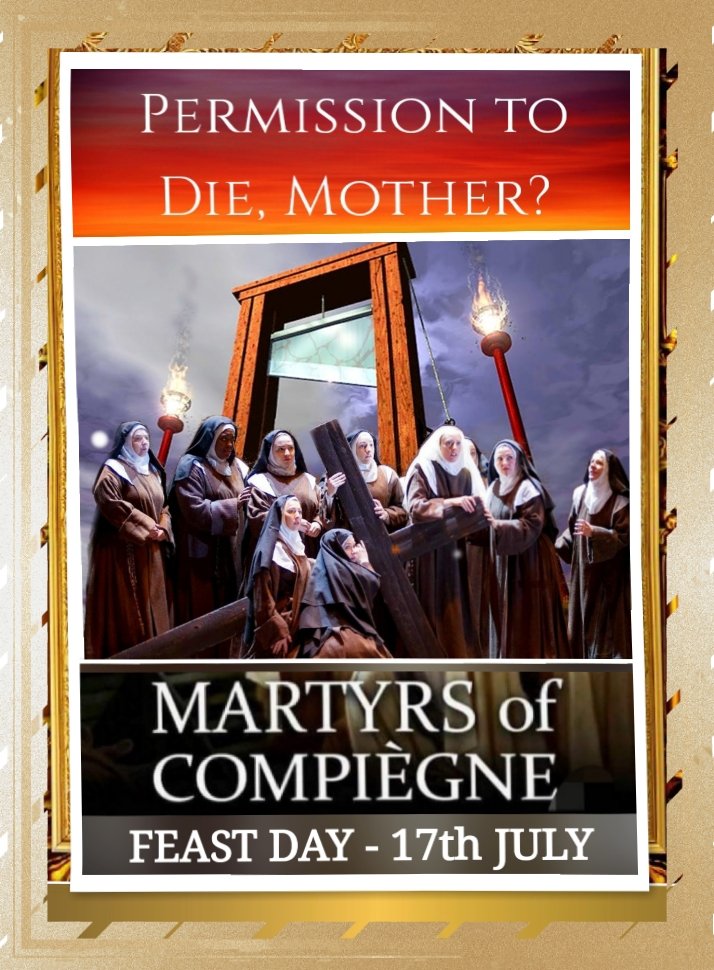FEAST OF SAINT POPE FELIX I
FEAST DAY – 30th DECEMBER
Saint Felix I, a Roman, (died Dec. 30, 274, Rome;), was Pope from 269 to 274. Elected to succeed St. Dionysius, Felix was the author of an important dogmatic letter on the unity of Christ’s Person. He received the emperor Aurelian’s aid in settling a theological dispute between the anti-Trinitarian Paul of Samosata, the deposed bishop of Antioch, and the orthodox Domnus, Paul’s successor. Some claim Felix was buried in the basilica he built on the Via Aurelia; others believe he was buried in the catacomb of St. Calixtus and mistakenly called a martyr.
The notice about Felix in the Liber Pontificalis ascribes to him a decree that Masses should be celebrated on the tombs of martyrs. The author of this entry was evidently alluding to the custom of celebrating Mass privately at the altars near or over the tombs of the martyrs in the crypts of the catacombs.
The solemn celebration always took place in the basilicas built over the catacombs. This practice, still in force at the end of the fourth century, dates apparently from the period when the great cemeterial basilicas were built in Rome, and owes its origin to the solemn commemoration services of martyrs, held at their tombs on the anniversary of their burial, as early as the third century.
According to the notice in the Liber Pontificalis, Felix erected a basilica on the Via Aurelia; the same source also adds that he was buried there. The latter detail is evidently an error, for the fourth-century Roman calendar of feasts says that Pope Felix was interred in the Catacomb of Callixtus on the Via Appia. The statement of the Liber Pontificalis concerning the pope’s martyrdom results obviously from a confusion with a Roman martyr of the same name buried on the Via Aurelia, and over whose grave a church was built.
In the Roman calendar of feasts, referred to above, the name of Felix occurs in the list of Roman bishops.
According to the above-mentioned detail of the Depositio episcoporum, Felix was interred in the catacomb of Callixtus on 30 December, in the Roman dating system. Saint Felix I is mentioned as Pope and Martyr, with a simple feast, on 30 May.
This error persisted in the General Roman Calendar until 1969 (see General Roman Calendar of 1960), by which time the mention of Saint Felix I was reduced to a commemoration in the weekday Mass by decision of Pope Pius XII (see General Roman Calendar of Pope Pius XII). Thereafter, the feast of Saint Felix I, no longer mentioned in the General Roman Calendar, is celebrated on his true day of death, 30 December, and without the qualification of martyr.
According to more recent studies, the oldest liturgical books indicate that the saint honoured on 30 May was a little-known martyr buried on the Via Aurelia, who was mistakenly identified with Pope Felix I, an error similar to but less curious than the identification in the liturgical books, until the mid-1950s, of the martyr saint celebrated on 30 July with the antipope Felix II. Pope Felix I celebrated Masses over the tombs that guarded the relics of the Christian martyrs, and strongly defended the doctrines of the Trinity of God and the Incarnation of the Word.
PRAYER
Eternal Shepherd, look with favour upon your flock. Safeguard and shelter it forevermore through the intercession of blessed Felix, your Supreme Pontiff, whom you appointed as shepherd of the whole Church.
Saint Felix I never compromised the laws of the Church, constituting it the law of God, and we pray that our faith too, is strengthened to uphold your Name and preach and spread your Holy Word, through Christ our Lord. Amen
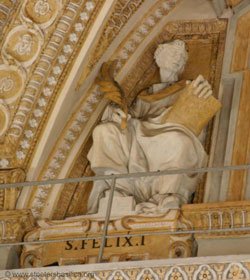
Pope Saint Felix I, pray for us…
******************************
ALSO CELEBRATED:
SAINT ANYSIA OF SALONIKA – 30 DECEMBER
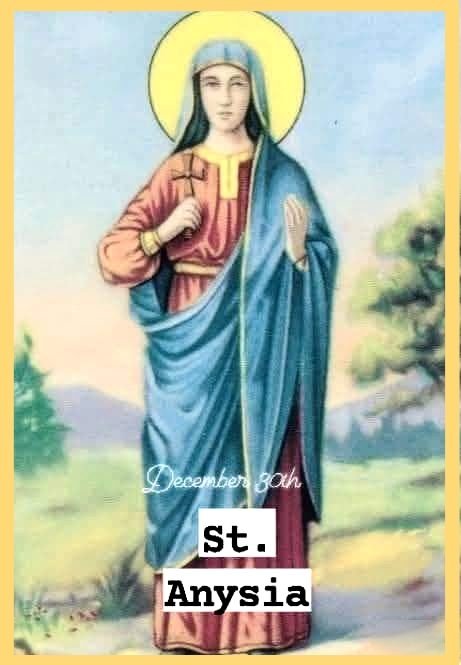
Anysia was a young woman who lived in the year 304, during the reign of the cruel Maximian Galerius. She was the daughter of rich and noble Christian parents who died and left her an orphan. She dedicated herself to vows of chastity and poverty, praying and helping the poor.
Under the reign of Maximian Galerius, there was much persecution of Christians. Anysia lived in the region of Thessalonica, under the governorship of Dulcitius. Christians were unable to worship in an open place so would meet secretly.
One day as she left her home to go to the assembly of the faithful, she passed by the gates of Cassandra. One of the emperor’s guards took notice of her and stepped in front of her so that she couldn’t pass.
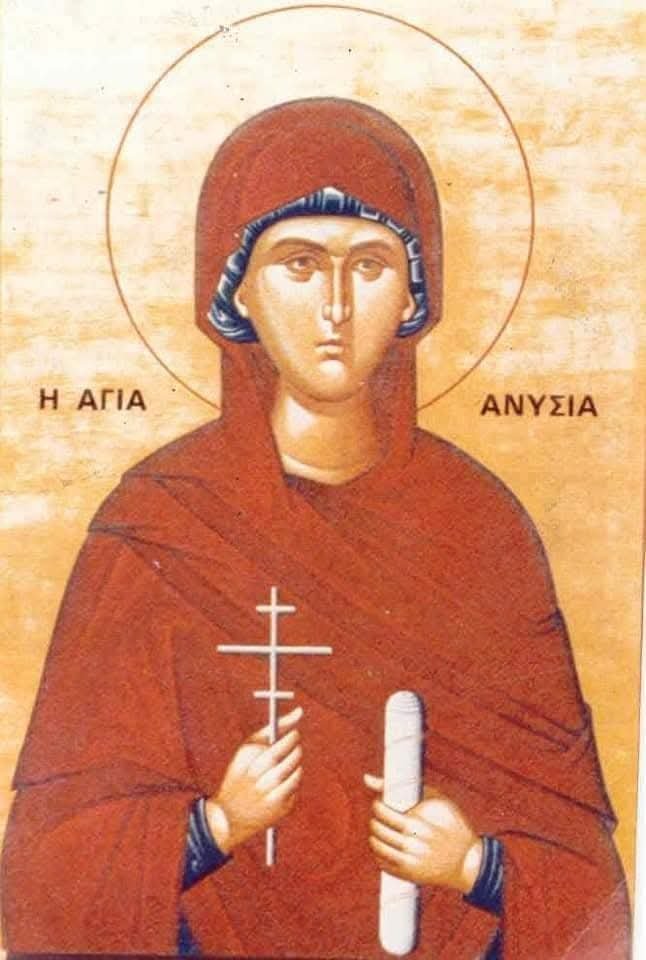
He asked her where she was going. Frightened, Anysia made the sign of the cross on her forehead and said nothing. This enraged the soldier and he grabbed her and again demanded that she tell him who she was and where she was going.
Anysia answered, “I am a servant of Jesus Christ, and am going to the Lord’s assembly.” The soldier quickly replied, “I will prevent that and will bring thee to sacrifice to the gods, for today we adore the sun.” Then the soldier tore off her veil.
When she lifted her arm to keep him from removing her veil, he became even more enraged, drew his sword and ran it through her body so that it came out the other side. Anysia immediately fell to the ground, bathed in her blood, and died.
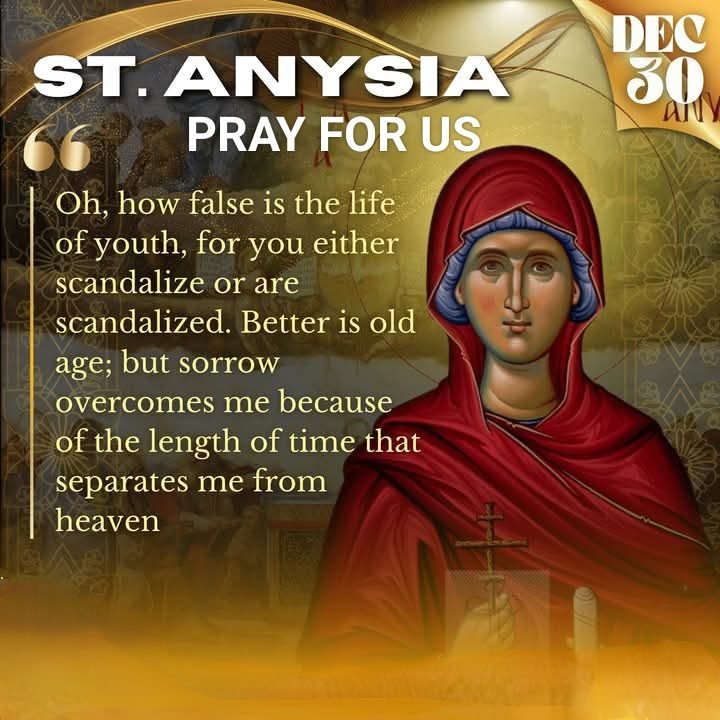
SAINT ANYSIA, PRAY FOR US!

